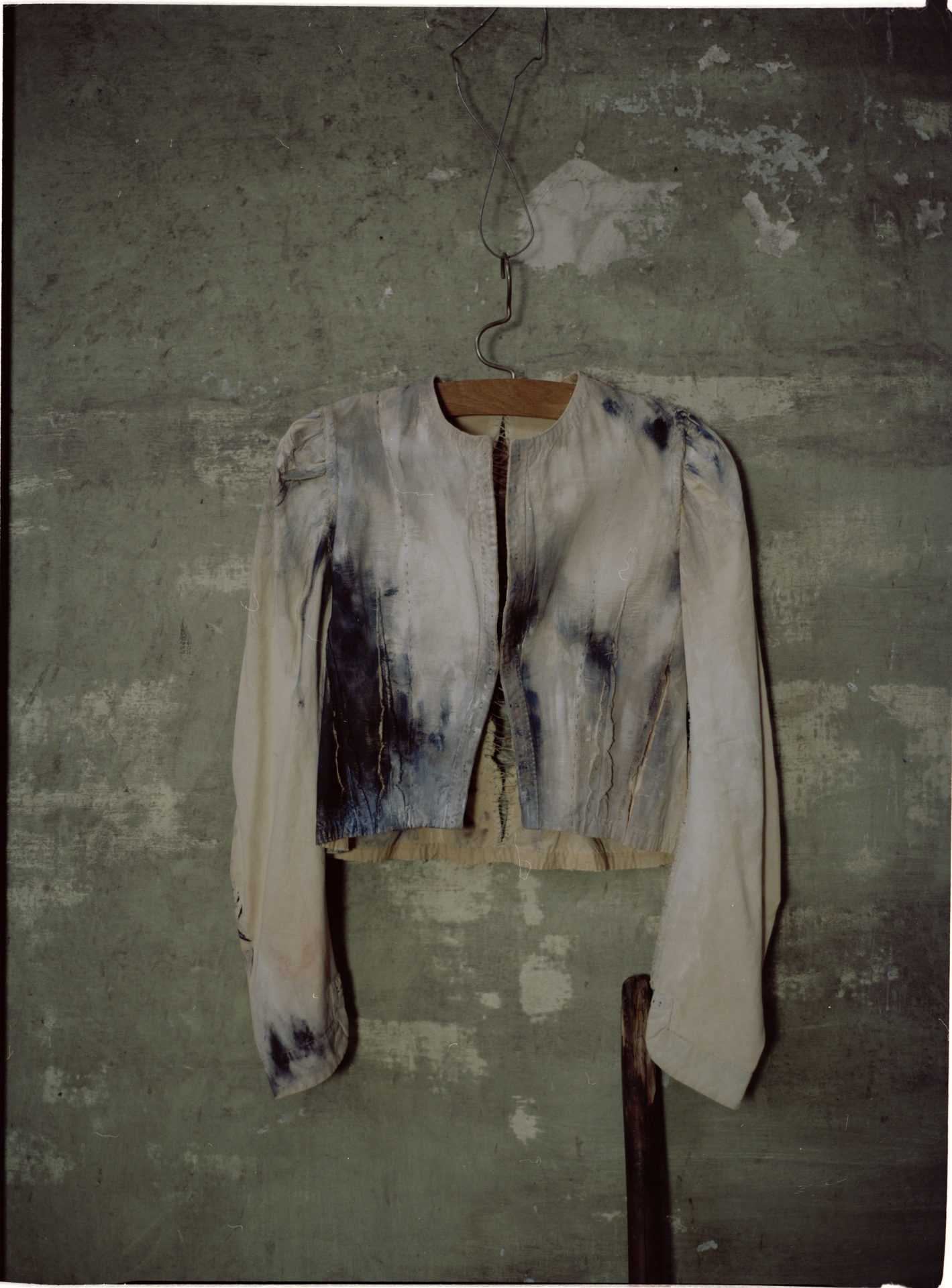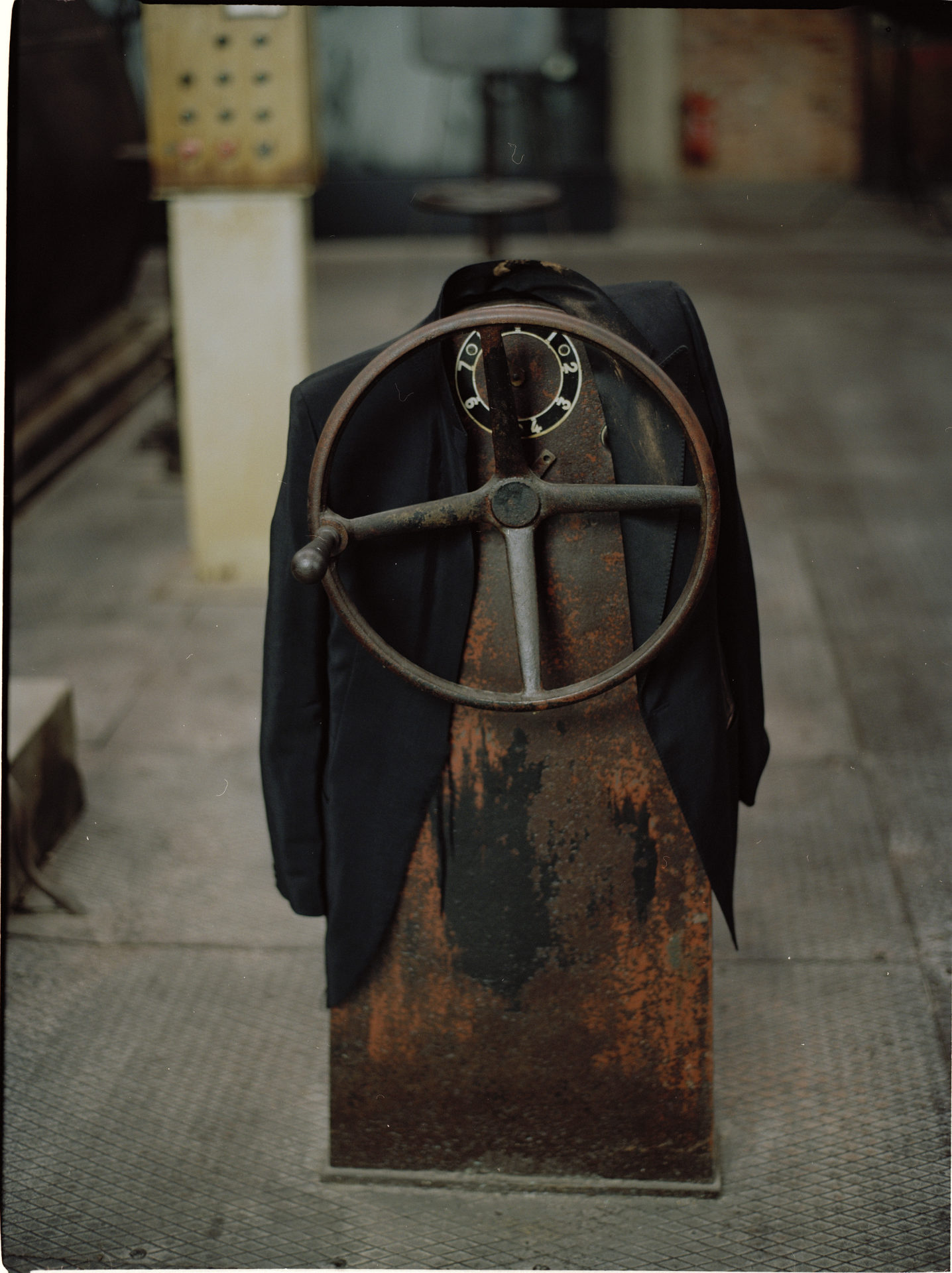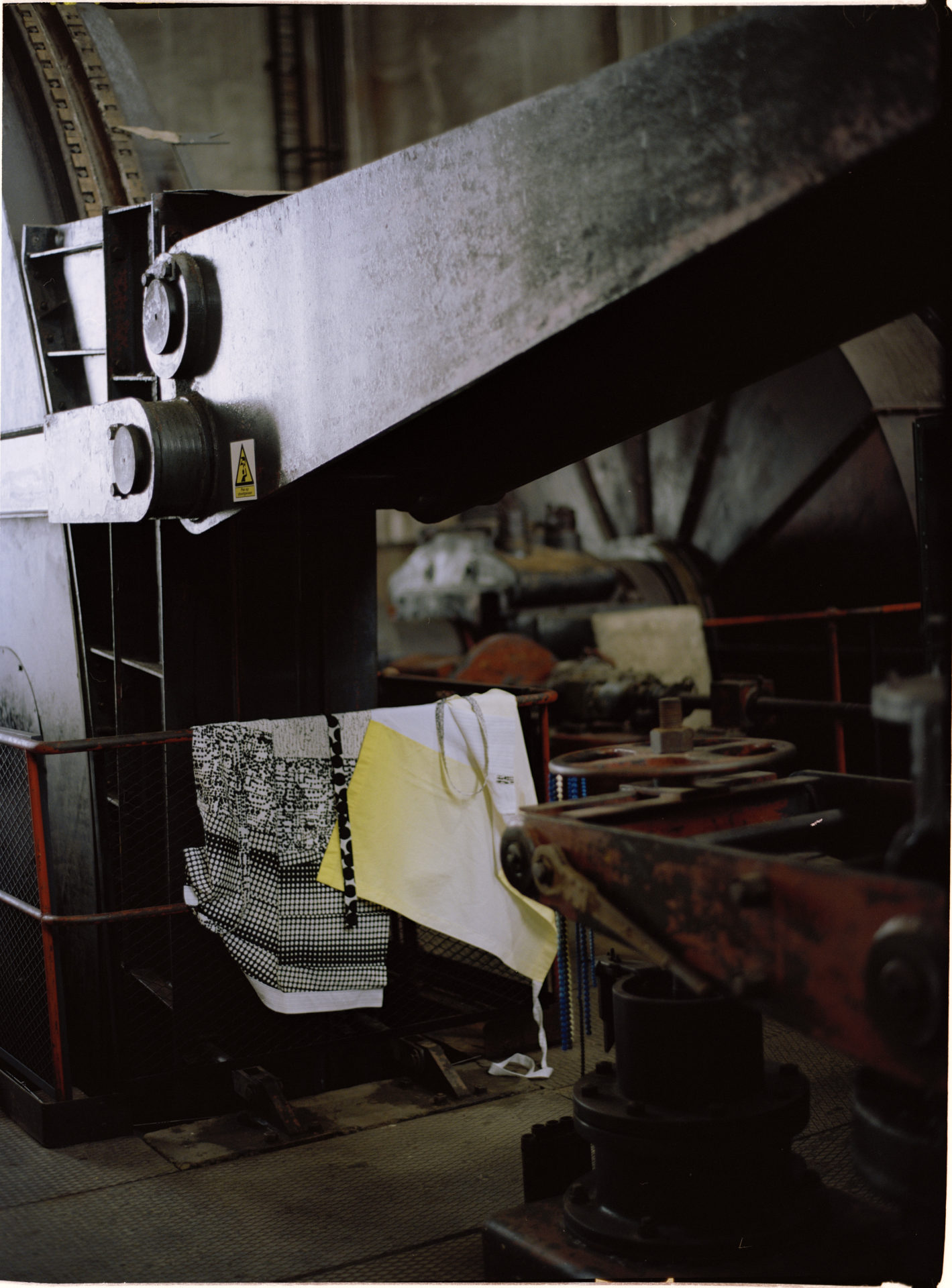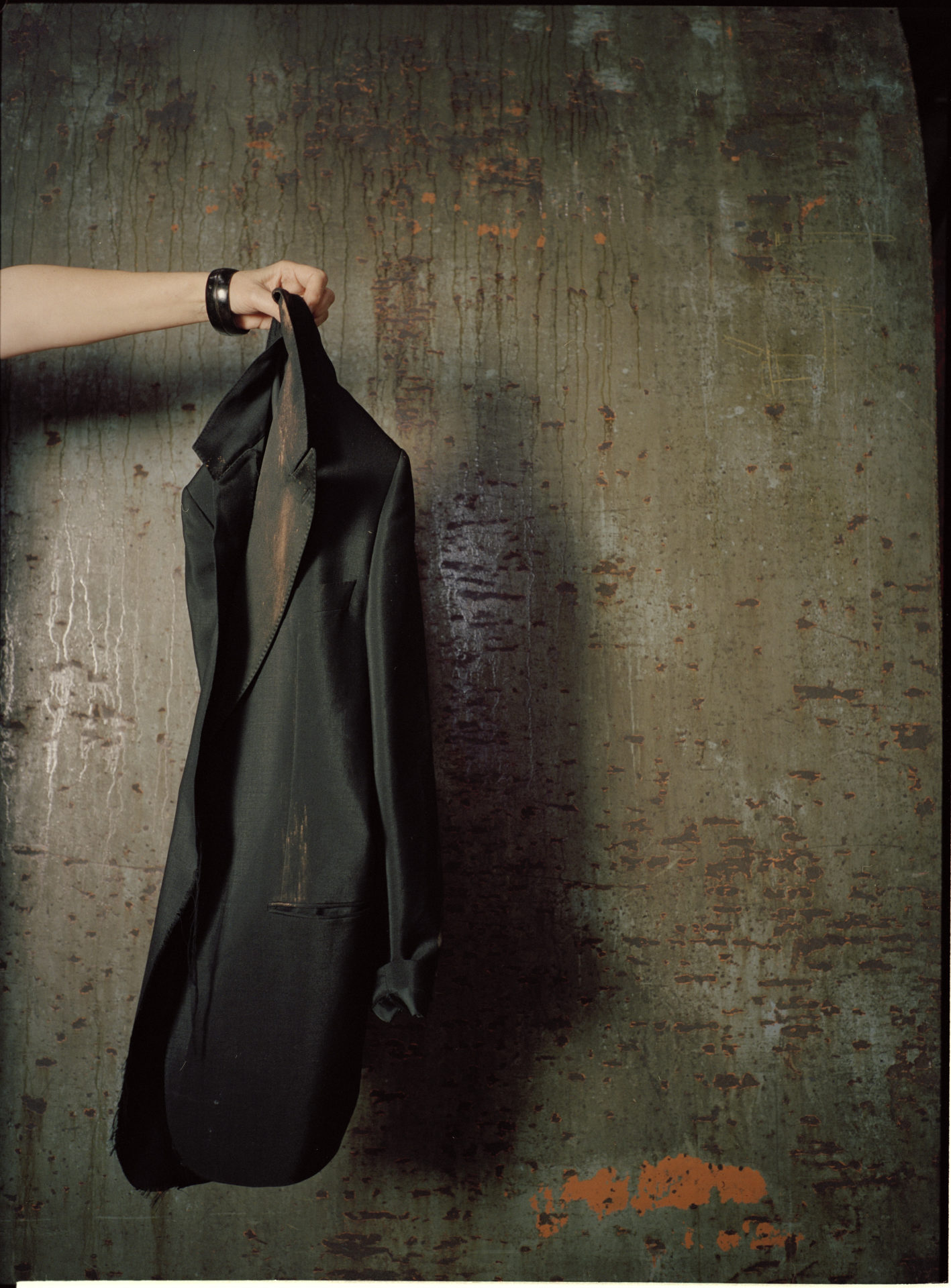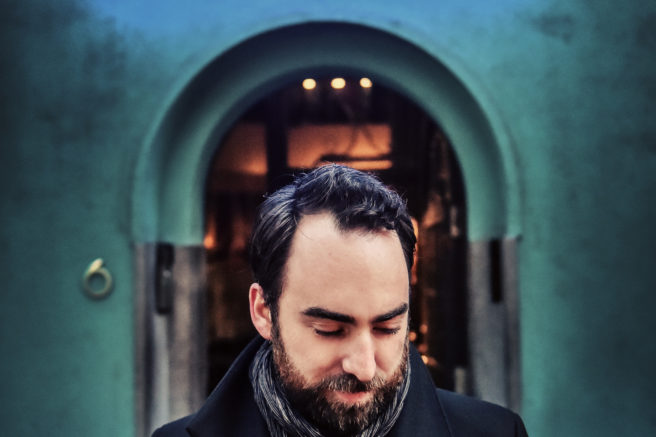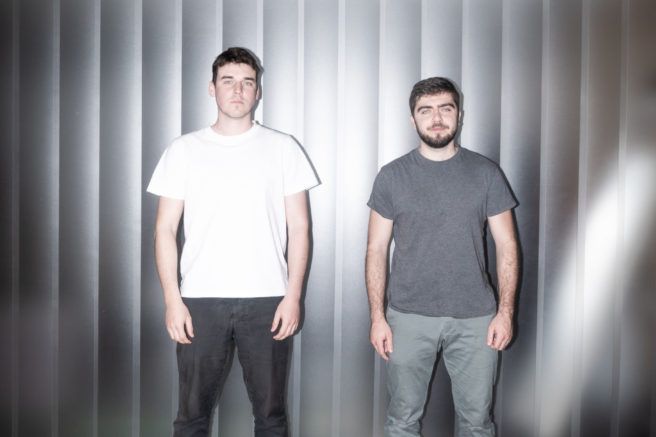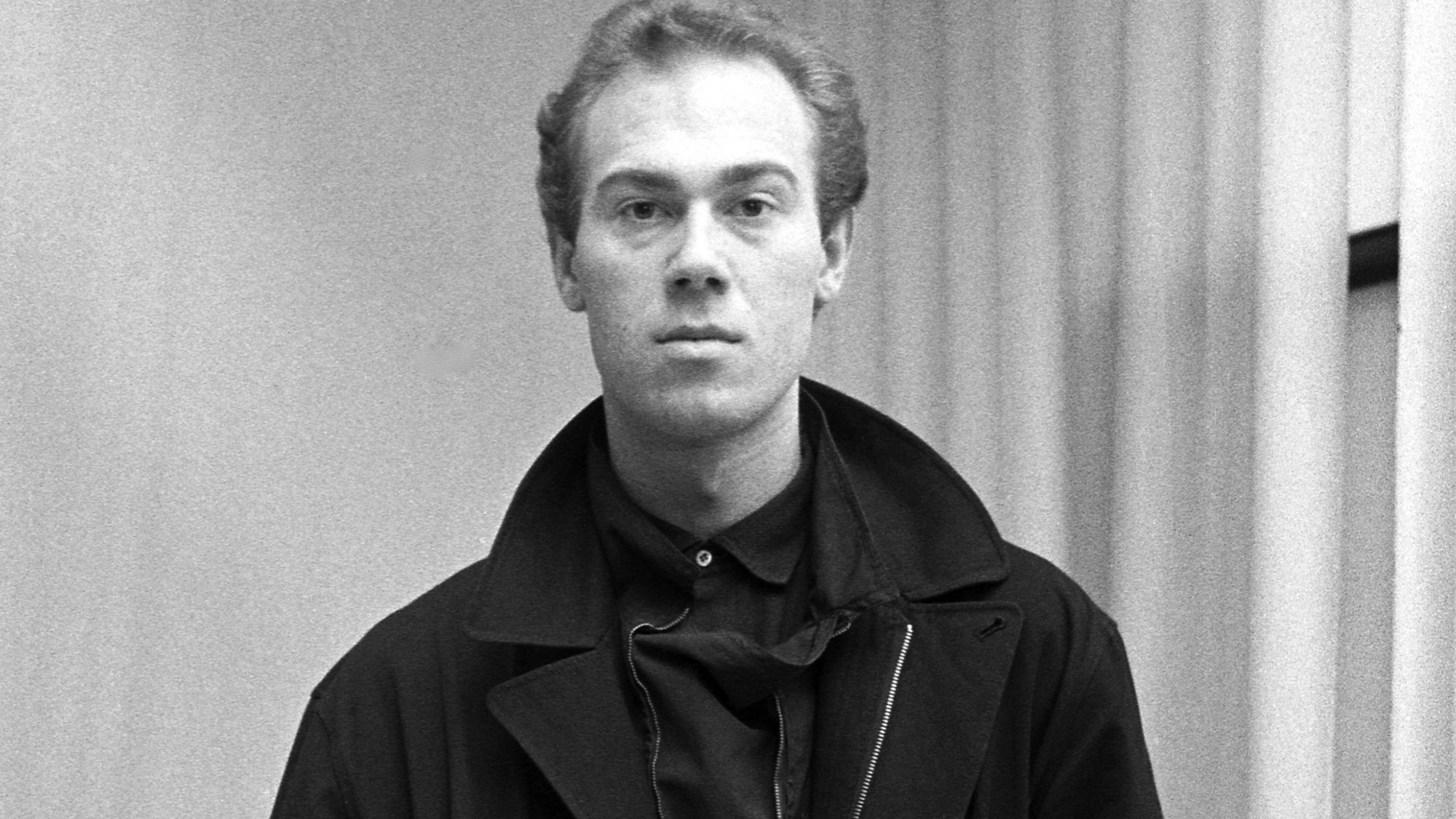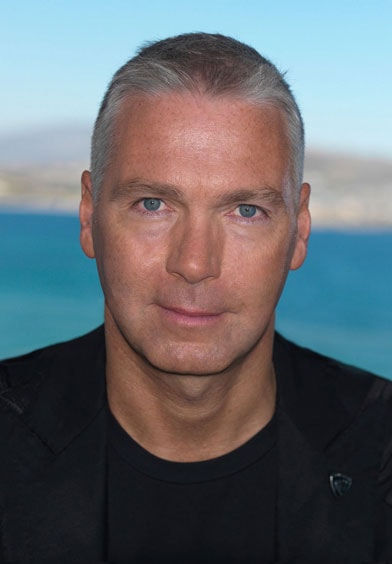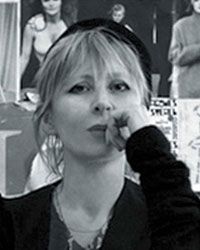Wanderful Loves
We look at the creative minds, those who have had the ability to reshape and redefine our culture and we wonder how did it begin for them, where did they get it from? How come it was just them? Did location matter at all? Marina Yee is a fashion designer and was once a member of the legendary Antwerp Six, a constellation of six Belgian fashion designers – all educated at the Royal Academy of Fine Arts in Antwerp in the early eighties – who redefined fashion and made the world realise that there in fact was such a thing as Belgian design. In Marina’s case, the question as to where it all began can be answered with ‘Hasselt’ and ‘Limburg’.
Although it’s true that Marina Yee, at the age of 15, enrolled in a course at St Lukas Institute of Fine Arts in Hasselt, she’s unsure whether that particular town at that particular point in time was the deciding factor in what was to come.
– Limburg, Marina Yee starts explaining: It’s a bit on the outskirts of Belgium, geographically, it has always functioned alone. So it is a hot place? No, not really, but I think people there are sincere with themselves and authentic and I like that. But when I lived there I was just fifteen and I had nothing else to compare it with.
MUSE
When trying to find the answer to ‘where does it come from?’ – and where ‘it’ is, that quality which can be called talent or a creative mind – it’s not only a question of geography, but also of the circumstances or the context, which might trigger creativity. What separates Orson Welles, Marie Curie and, for that matter, Marina Yee from mere mortals such as you and me? What brings out the creative geniuses in the scientists, artists and designers who have redefined and shaped our world.
The ancient Greeks had their muses, the Erik Saties and Toulouse-Lautrecs of the late 19th century had their absinthe and those of us, fortunate to grow up in post war Europe, just like Marina Yee, had boredom. Boredom is now gone. It’s a thing of the past, ready to be put on display in a museum next to infant mortality and typewriters.
In many ways it’s a pity – it makes one wonder what the future has in store for us, but let’s put the alarmism on hold for a while. Let’s go back in time – to the mid-seventies. A time when there was boredom in abundance.
Marina Yee acknowledges that this state of mind can be a source of creativity, but she won’t go as far as to say that Limburg (when her parents decided to settle the family in Hasselt) was a particularly boring place.
NOMAD ARTIST
On the outskirts of Belgium, yes. But a place no worse to live than any other place. We have to take Marina Yee’s word for it, because if anyone should know it’s her. Raised in a family where the father was a department store manager, Marina Yee had moved no less than fourteen times before she reached the age of twenty.
– It made me this nomad artist that I am now, she explains.
Hasselt, as it turns out, was just a brief stop on a path that took her not only to Brussels, Antwerp and long stretches of travelling but also to fashion stardom. But it was there that the creativity that she had in her could be released, it was also there she met Martin Margiela and a creative friend- and partnership began (yes, they were romantically involved on and off).
– We had this plan to go to Antwerp, she explains and then returns to dwell a bit on boredom: Young people who have ambition and talent usually want to escape. They don’t get enough stimulation and want greater challenges.
At eighteen they did just what the young and ambitious tend to do – Marina Yee and Martin Margiela left Hasselt and moved to Antwerp where they both enrolled at The Royal Academy of Fine Arts.
– Expectations?! I didn’t have any, she says answering my question of what her hopes were when she moved to Antwerp. I didn’t have any expectations because fashion didn’t really exist at that time.
PRÊT-À-PORTER
To understand the cultural context in which Marina Yee grew up and subsequently how the Antwerp Six could make such an impact on the international fashion scene, let’s take a look at fashion in the late seventies as Marina Yee remembers it. ‘Fashion was not in fashion’, is her short description of a time when the only designers that anyone had ever heard of were French (with easy to pronounce names like Chanel, Dior and Saint Laurent). Prêt-à-porter was just emerging as a concept that would vitalise and popularise the fashion industry. So in a way, the late seventies formed the beginning of fashion; Marina felt it and her friend Martin Margiela felt it. The pair was well-informed and had noted that something was happening, that talent was emerging from France. But not only that, they felt that they – although they were in Antwerp and not in Paris – were part of a movement, something akin to the punk movement.
Quite early on, she and Martin Margiela met and befriended the others who would later come to be known as the Antwerp Six (although Martin Margiela never actually joined the group): Ann Demeulemeester, Dries Van Noten, Walter Van Beirendonck, Dirk Bikkembergs and Dirk Van Saene.
– We all had different visions, Marina Yee says, but we all had a common vision and that was that we knew we had something to offer.
What was the Belgian component of that vision?
– That talent doesn’t have to come from France.
THE VAN
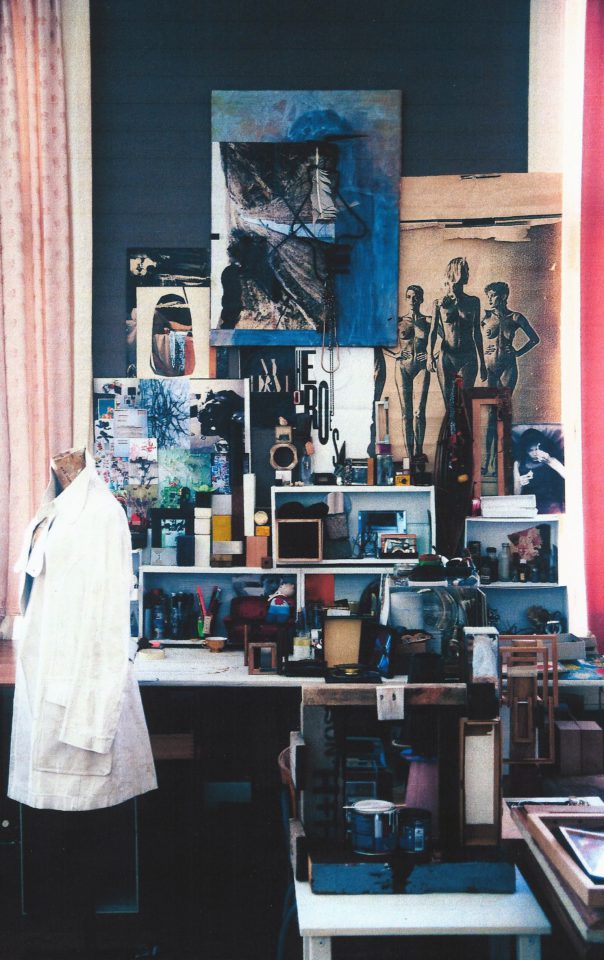
Here’s how the story of the Antwerp Six is told: in 1986 six designers from Belgium bundled into a van, drove to London where they exhibited – achieved success and changed fashion forever. Since nobody outside of Belgium could pronounce their names they were simply called The Antwerp Six.
– We had never thought of a name for the group, but we liked The Antwerp Six, Marina Yee says.
Since everybody loves the story of an underdog coming from nowhere and making it big, this one has stuck, even with people with little or no interest in fashion. The story of The Antwerp Six is legendary, so much that it’s been called part of ‘fashion folklore’. Their show at Westway Studios has gained a mythical status and their introduction of deconstruction to fashion became synonymous with Belgian fashion – not to mention that, thanks to them, the words ‘Belgian’ and ‘fashion’ could be used in the same sentence. Not a bad contribution to the fashion industry for someone who discovered fashion on her own through the magazine 100 Idées and her mother’s copies of Marie Claire.
Given a unique chance to add something to this story I ask Marina Yee what kind of van it was.
– I don’t know, she says. We just hired a thing to put our stuff in it for our presentation. We flew to London.
By 1986 the group had found its form and they had already had some success. Marina Yee graduated in 1981 and in the years following the group worked together
– The power of being a group was a power because we worked together, Marina Yee says a bit cryptically.
She continues by telling me about what must have been a happy time, during which the members of the group lived out their dreams and fantasies, testing their ground as fashion designers in an atmosphere of encouragement and competition. These were also the years during which The Six, still young, broke free from backgrounds that, for some, were very bourgeois, and found themselves.
The adventures of The Antwerp Six began with the Golden Spindle (Gouden Spoel), a competition organised by the government to promote Belgian design and Belgian manufacturing. The group’s success in the competition led to the opportunity of publishing their work in the magazine Mode, dit is Belgisch (Fashion, This Is Belgian). This led to the chance to do shows with manufacturers who would also produce their collections.
But, for Marina Yee, the time with The Six ended quite quickly. Following in the wake of their success Marina Yee, like the rest, was encouraged to commercialise her design. The attempt didn’t turn out well.
– At a certain point I became really depressed so I left, she says. I knew the way it was going with success and with the rhythm of delivering, it would kill me. I knew it would break eventually and it was a very tough ending.
In no way was Marina Yee prepared for what would follow in the wake of success.
– If you want to make it, she explains, you have to inform yourself and surround yourself with the right people.
Marina Yee failed to do either, and the experience when her own brand didn’t manage to take off was painful, at first. In the end, she claims, leaving the group turned out to be a blessing as it allowed her to follow her own path working in more alternative ways designing scene costumes for the theatre or making consumer culture critical clothes out of recycled thrift store finds.
Marina Yee currently divides her time between her homes in Antwerp, and The Hague in the Netherlands and Ghent in Belgium where she teaches at the Academies of Fine Art. Although the Internet has made it easier for independent designers to reach customers, and there are more ways of expressing one’s individuality, the competition is tougher; there are now more young talents to compete with for anyone who aspires to a career in fashion.
The major change in fashion since the heyday of The Six is, according to Marina Yee, that fashion is to be found everywhere now.
– You no longer have an excuse not to dress well. Today fashion reaches everybody.
